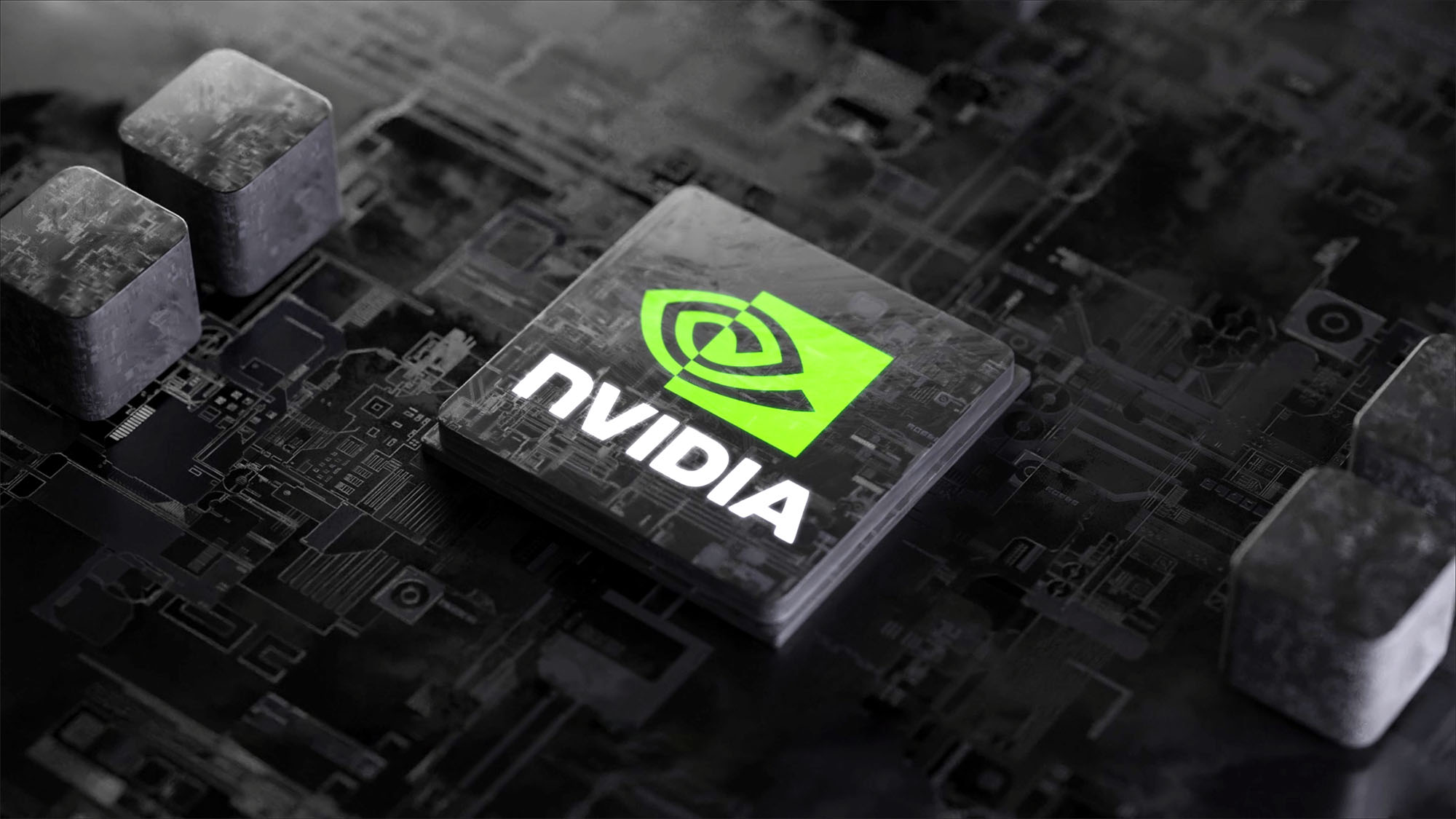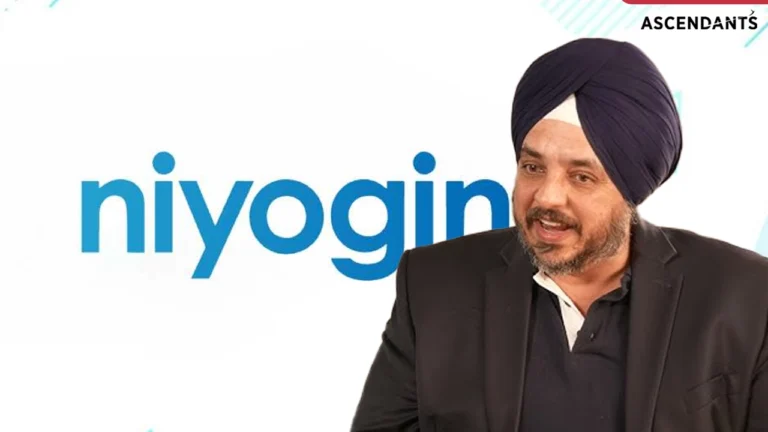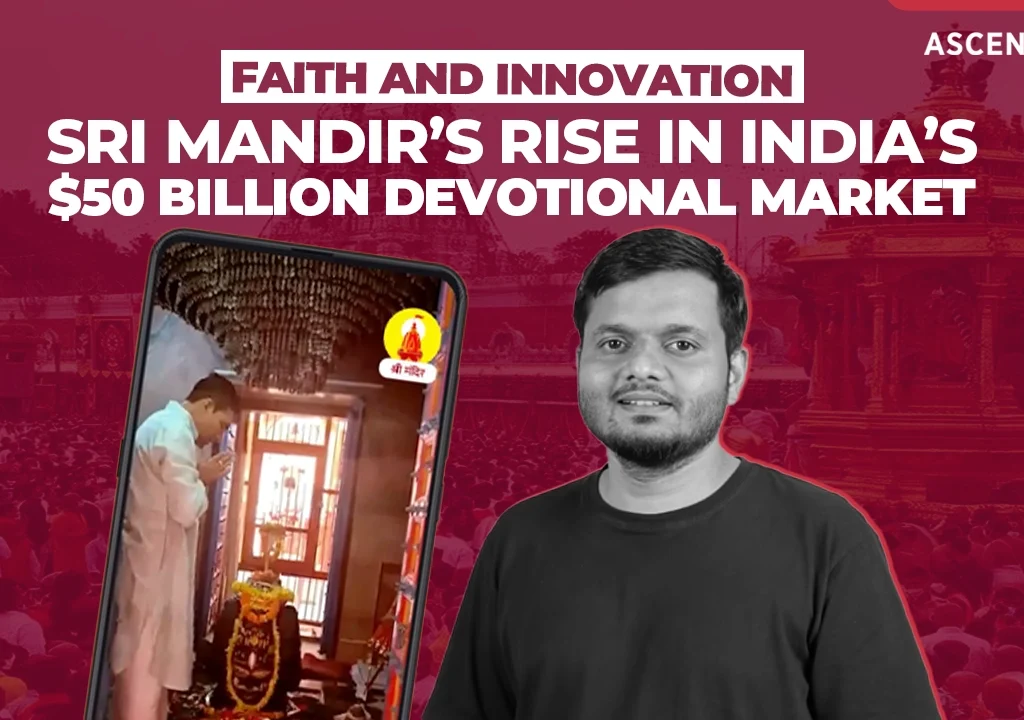Chip giant Nvidia announced an expansion of its partnerships with major Indian firms, including Reliance Industries, during an AI summit held in Mumbai on Thursday. The event featured discussions between Nvidia’s Chief Executive Jensen Huang and Mukesh Ambani, the chairman of Reliance and Asia’s richest man.
“Nvidia is AI in India,” Huang proclaimed, noting the significant growth in computing infrastructure over the past year. He stated, “By the end of this year, we will have nearly 20 times more computing capacity here in India than just a little over a year ago.”
In India, businesses ranging from large corporations to startups are increasingly focused on developing AI models tailored to the country’s diverse linguistic landscape. This strategy aims to enhance consumer engagement and facilitate services such as customer service AI assistants and content translation.
Nvidia has introduced a new lightweight AI model, named Nemotron-4-Mini-Hindi-4B, featuring 4 billion parameters. This model is designed to aid firms in creating their own AI solutions. According to the company, “The model was pruned, distilled, and trained using a combination of real-world Hindi data, synthetic Hindi data, and an equal amount of English data.”
Tech Mahindra is the first company to adopt Nvidia’s new offering, developing a custom AI model called Indus 2.0, which focuses on Hindi and its numerous dialects. With only about ten percent of India’s 1.4 billion population fluent in English, the introduction of such models is crucial, given that the constitution recognises 22 languages.
In addition to Tech Mahindra, Nvidia is partnering with prominent Indian IT companies such as Infosys, Tata Consultancy Services (TCS), and Wipro. These collaborations aim to train approximately half a million developers in designing and deploying AI agents using Nvidia’s software.
Reliance and Ola Electric are set to leverage Nvidia’s “Omniverse” simulation technology, enabling them to test factory plans in a virtual environment.
The summit experienced a delay of over half an hour, attributed to the large turnout, which Nvidia employees estimated to be “easily a few thousand.”
Unlike large language models such as OpenAI’s GPT-4, which power applications like ChatGPT, small language models are trained on more specific and smaller datasets. They are typically more cost-effective, making them attractive to companies with limited resources.
As global chip manufacturers invest and establish facilities in India to bolster its semiconductor industry, analysts caution that these efforts may take years to fully materialise. Nvidia has maintained a presence in India for nearly two decades, with engineering and design centers and offices in key cities like Bengaluru and Hyderabad.
In September of the previous year, Reliance and Nvidia committed to developing AI supercomputers in India and building large language models trained in Indian languages. Later that year, Nvidia unveiled a similar partnership with Tata Group, signaling its intent to deepen its footprint in the region.








